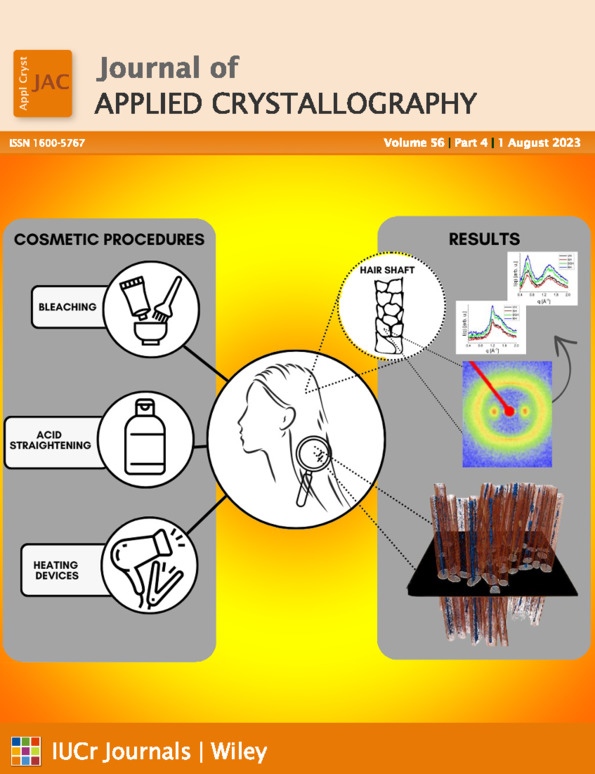Particle-size polydispersity analysis based on the unified exponential/power-law approach to small-angle scattering
Abstract
Controlling particle dispersity is of huge importance for practical applications in nanoscience and technology. The analysis of small-angle scattering of X-rays and neutrons for strongly polydisperse particulate systems is considered from the point of view of describing the type of size distribution function without applying classical regularization approaches. This article presents the development of a method for determining the polydispersity parameters of nanoobjects, based on the analysis of the ratio of various moments of the size distribution function, which are proportional to different invariants of the scattering curve. The use of the unified exponential/power-law approximation to describe small-angle scattering data makes it possible to determine the type of distribution, the average size and the spread. The possibilities of the method were tested for several hydrosols of metallic nanoparticles.




